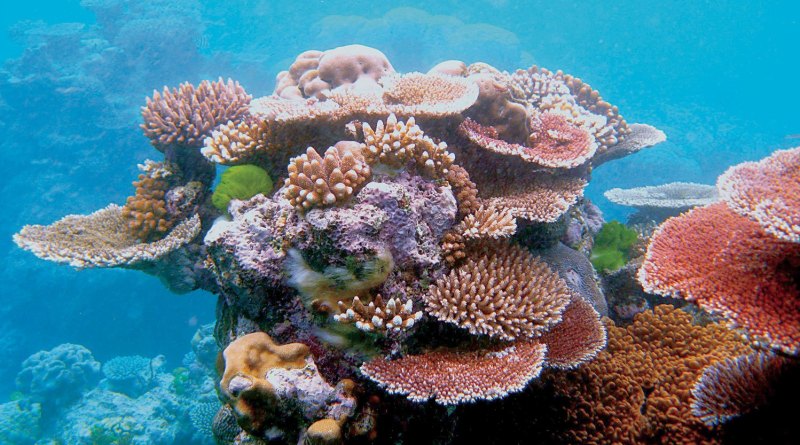

MUSCAT: Coral reef habitat in the Sea of Oman faces an imminent threat as the fishes are adapting to extreme environmental conditions.
This is revealed in a study that examined 'cryptobenthic' fishes in the Arabian Gulf and the Sea of Oman, linking their reduced diversity and productivity to energetic deficits that preclude the existence of many species.
In the study, published in the journal Nature Communications, a team of international researchers used a variety of techniques to compare organismal traits, diversity and productivity of cryptobenthic reef fish in the environmentally extreme Arabian Gulf with those in the Sea of Oman.
"Our findings highlight an imminent threat to cryptobenthic reef fishes and their essential role for coral reef functioning. These smallest marine ectotherms may struggle to compensate for increasing costs of growth and maintenance as they adapt to more extreme temperatures”, said Jacob Johansen, Assistant Research Professor at Hawaii Institute of Marine Biology and member of the team.
Cryptobenthic reef fishes are the smallest of all reef fishes, but they include a vast number of species that are often highly abundant on coral reefs and in some temperate regions.
“Extreme environmental conditions, as predicted for the end of the 21st century, could, therefore, disrupt the community structure and productivity of coral reefs in the Arabian Gulf and beyond", he said.
As global warming continues to escalate, there are lasting implications to consider, including the changes to biological communities in vital habitats such as coral reefs.
The Arabian Gulf is the world's hottest sea each summer with temperatures well beyond those experienced by fishes elsewhere in the tropics, while the adjacent Sea of Oman is considerably more benign.
“This makes this region a useful natural laboratory for understanding how climate extremes affect fish function and diversity", said senior author Associate Professor of Biology at NYU Abu Dhabi John Burt.
Fish communities in the Arabian Gulf were found to be half as diverse and less than 25 per cent as abundant as those in the Sea of Oman, despite broad similarities in the amount of live coral.
Surprisingly, this does not seem to be related to absolute temperature tolerances of cryptobenthic fishes.
"We expected to see much lower temperature tolerances in species that occur in the Sea of Oman, but not in the southern Arabian Gulf", said Johansen.
While hotter waters require more energy, a distinct, less diverse set of prey items in the Arabian Gulf may make it difficult for these small-bodied fishes to satisfy their energetic demands.
Yet, the critical thermal tolerances of all species found in the Sea of Oman were, in theory, sufficient to survive even the maximum summer temperatures of 36°C in the southern Arabian Gulf, he added.
Oman Observer is now on the WhatsApp channel. Click here



